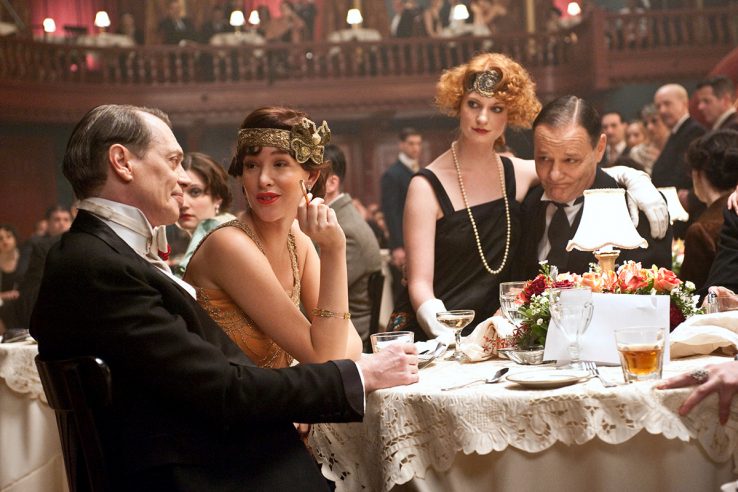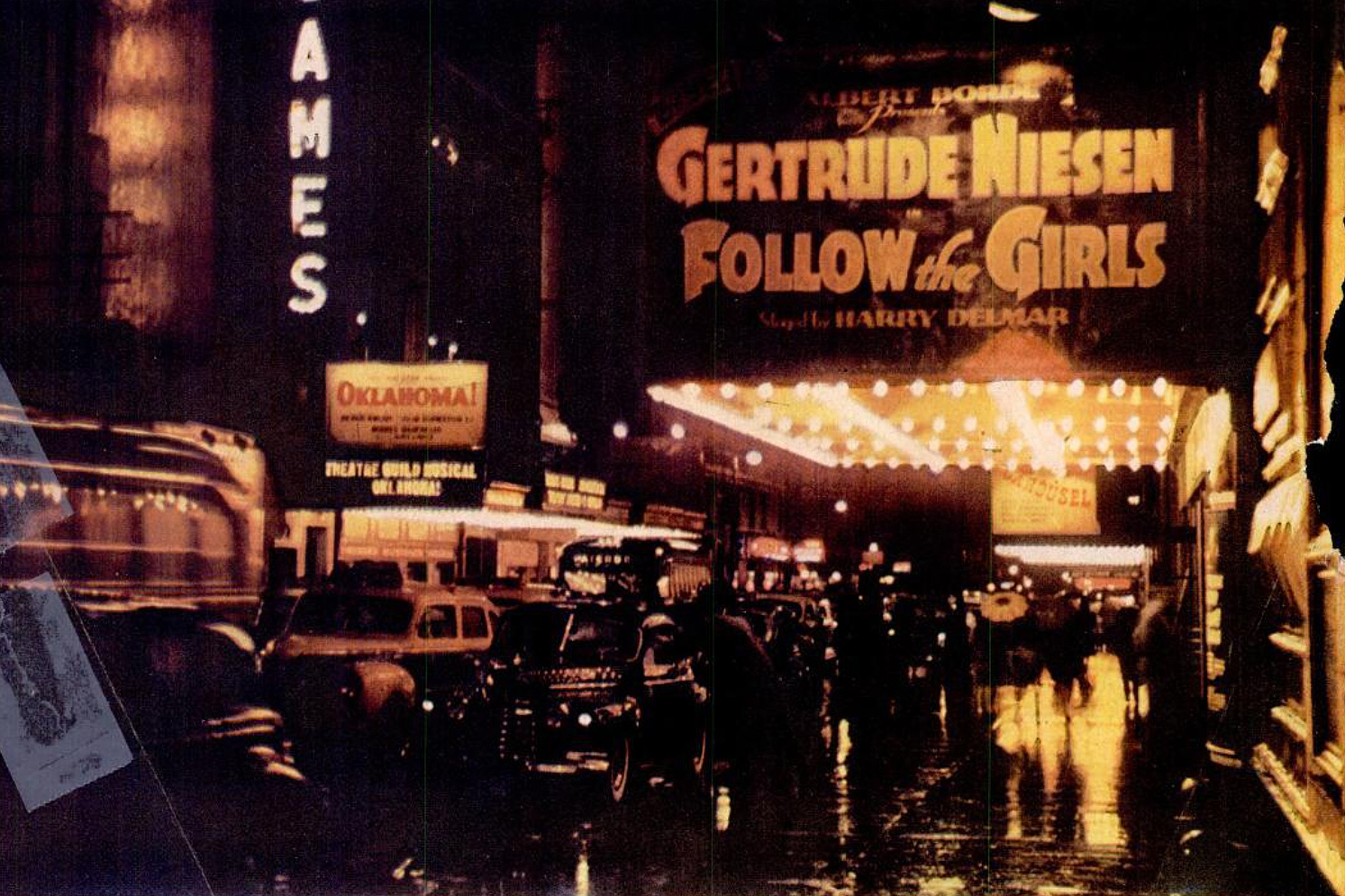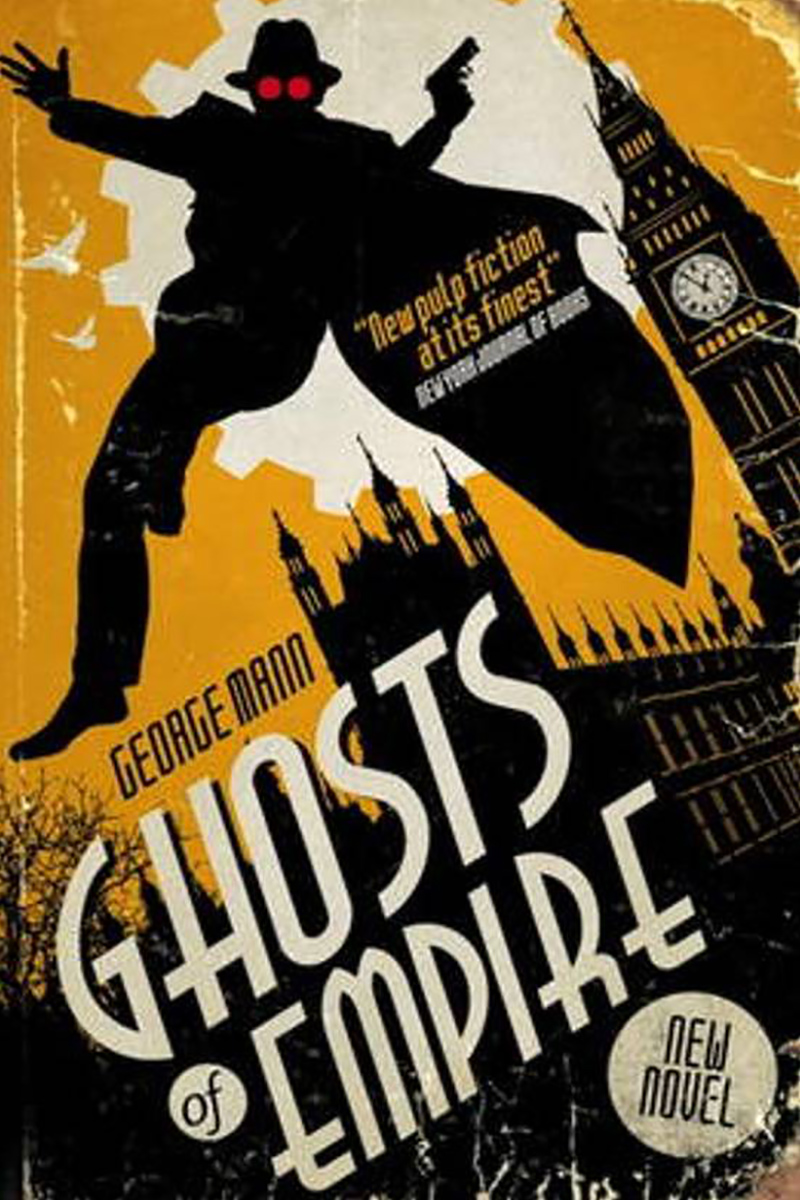The Roaring Twenties, the period smack in between the aftermath of World War I and the onset of the Great Depression, was a time of change, of rebellion and breaking with tradition. It is also the end of the age of steam and the start of the diesel era, the line where steampunk crosses over to dieselpunk. Aside from that, it was the time when Jazz music came to life and fashion, especially women’s fashion, took bold new steps.
While back in the day the movement was limited in its spread, today the influence of this time can’t be ignored and is globally recognized.
Women came up the forefront in the aftermath of the war and that started significant social changes (the suffragette movement, for instance), but also changes in fashion. For the first time, popular fashion was attainable for all women, not just those with the financial means to dress in the latest styles. (So you don’t have to portray someone from the upper class if you wish to adept a flapper persona.) Using popular patterns, lower- and middle-class women were able to make the high-street variety of upper-class fashions and be just as trendy as their richer counterparts.
The flapper style, the archetypical fashion of the twenties, is still popular to this day. Long luscious locks with a stylized curl in appropriate places or the short bob styled with or without the famous finger waves. Long or knee-length beautifully cut dresses or the short flapper variety, they were all popular. Long coats with (faux) fur collar or (faux) fur stoles are great to top off your outfit or add some flair.
High-heeled shoes will probably be easiest to find if you put together an ensemble from those days, seeing a lot of shoes on sale now are reminiscent in style of the twenties. If you prefer flats, have a look out for brogues.
Beautiful floppy hats are also en vogue this season, so grab one while you can. Its popularity is bound to make it easily available on the high street for a decent price if you’re on a budget. If you aren’t keen on a floppy hat, go for a cloche instead or choose a bando with lovely fabric flower or a beautifully embellished or feathery hair band to wear.
Strings of pearls are also appropriate as necklaces and easy to make yourself, even if you don’t have a crafty bone in your body.
Other lovely accessories include long gloves and if you smoke, do so from a cigarette in a long holder.
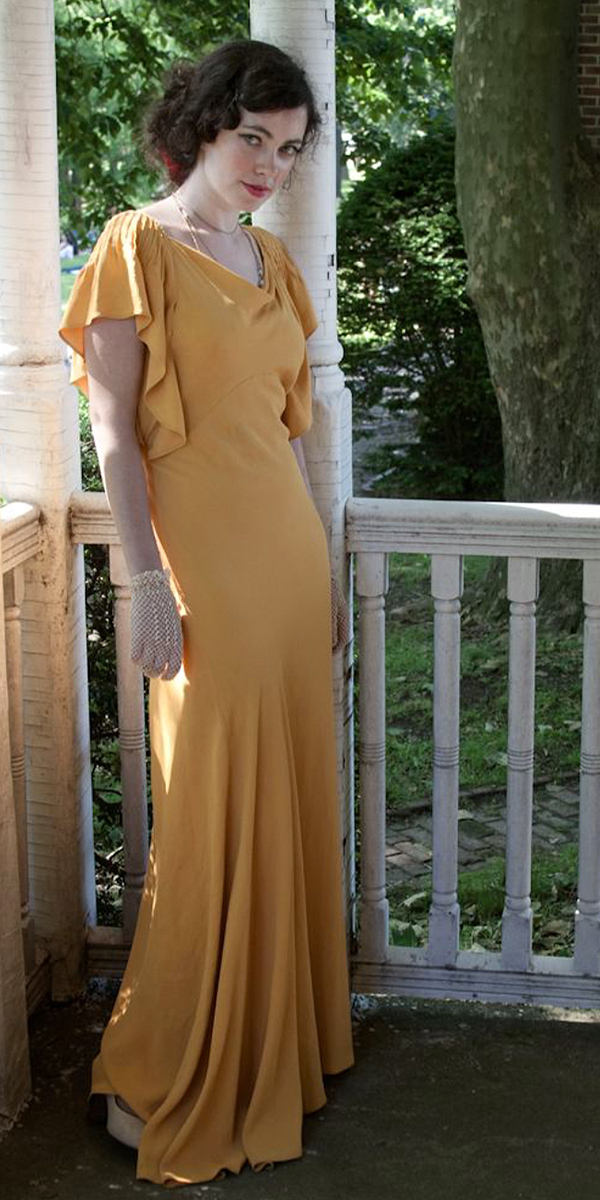
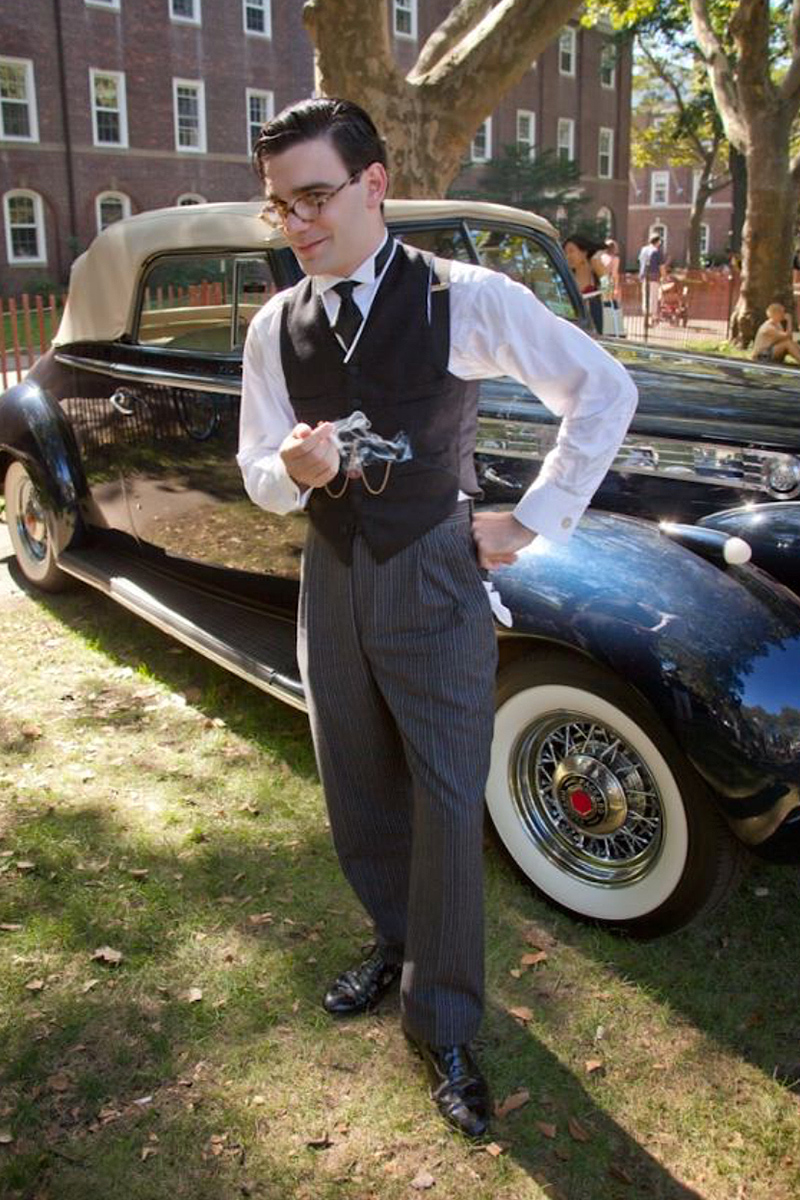
Men from those days were dressed impeccably: suit, tie, shirt, waistcoat and hat, the whole proverbial nine yards. If you’re going for a lower-class or more down-to-earth variety, go with a newsboy cap, shirt, braces, suit trousers and dress shoes or boots.
The infamous “zoot suit” (the suit with high-waisted, wide-legged, tight-cuffed, pegged trousers and a long coat with wide lapels and wide padded shoulders), so often associated with the gangster look, didn’t actually come into fashion before the late 1930s, but if you love those, just wear one. It may not be historically accurate, but gangsters are so commonly associated with what was, after all, the Prohibition era, I think there’s nothing wrong with guys donning the zoot for a twenties-style outfit.
Of course, these are just the more historical approaches to the garments of the Roaring Twenties. As with everything steampunk and dieselpunk, the sky is the limit and nothing should stop you if you simply wish to take some of these elements and turn them into something new and exciting entirely. If you do so, keep one thing in mind: go for at least one key element from the fashion, something that will make it recognizable, or you risk that no one gets it at all.
This story first appeared in Gatehouse Gazette 17 (March 2011), p. 12, with the headline “The Steampunk Wardrobe”.

